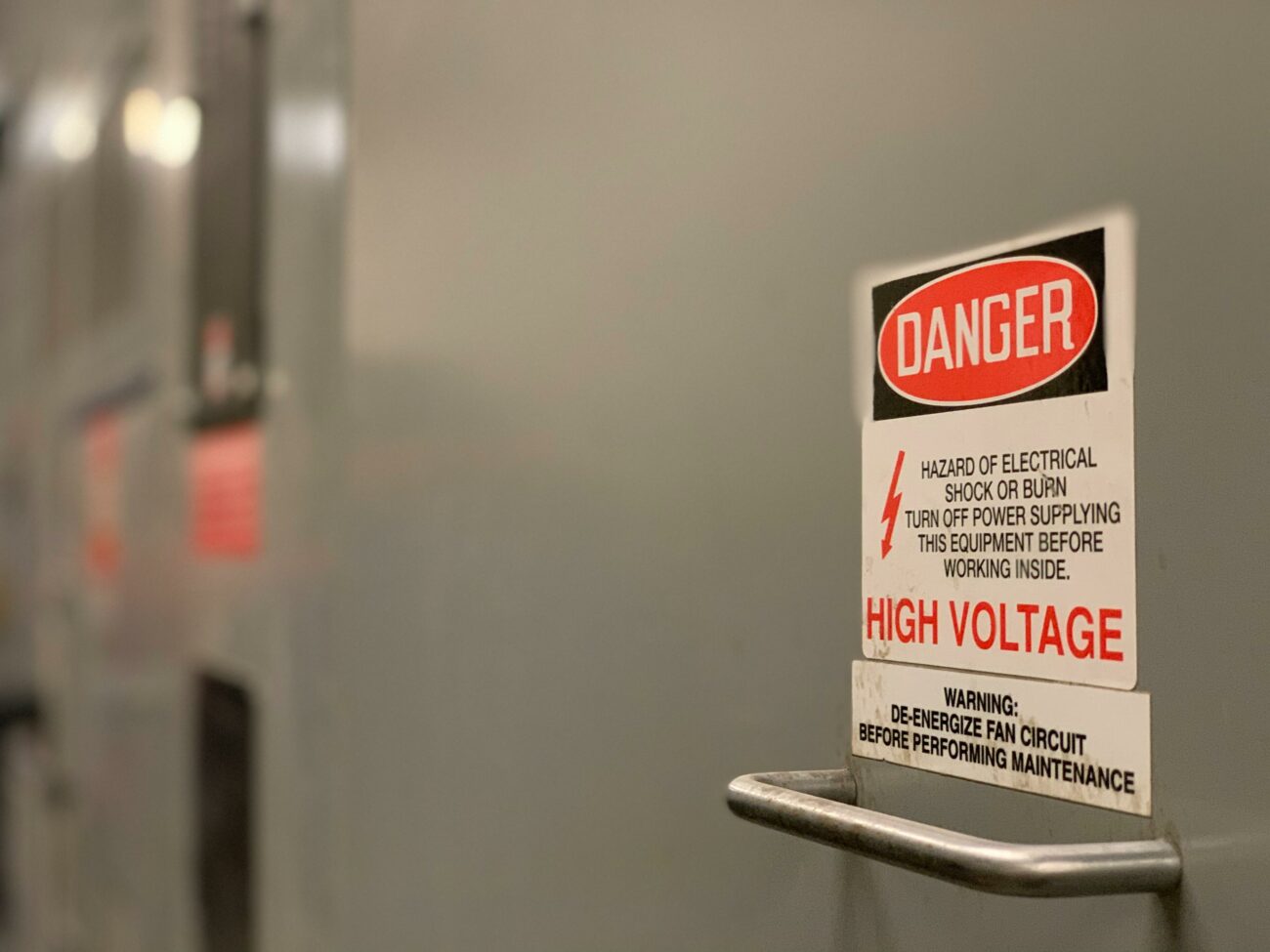A substation reduces electricity voltage so that it is easier and safer to deliver electricity to homes and businesses
Electrical substations are the interface between parts of the distribution grid and transmission systems. They are also equipped with circuit breakers to protect the distribution system and can be used to control the flow of current in various directions. They also smooth and filter voltage fluctuations caused by, for example, an increased load.
Substations can be categorised by their various functions and roles.
- Step-up substation - These substations raise the voltage from generators (usually at power plants) so electricity can be transmitted efficiently. For more information on why higher voltages are more efficient for the transmission of power.
- Step-down substation - These facilities lower the voltage from transmission lines to what is known as a sub transmission voltage, which is sometimes used for industrial purposes. Otherwise, the output is then directed to a distribution substation.
- Distribution substation - These substations further lower the sub transmission voltage to one that can be used to supply most industrial, commercial, and residential needs, with the aid of a distribution transformer before power is finally delivered to the load. These facilities are sometimes located underground.
There are a wide range of types and causes of fires that can occur in electrical substations
The types of fires depend on the equipment and systems used in the stations. Fires involving dc valves, outdoor or indoor oil-insulated equipment, oil-insulated cable, hydrogen-cooled synchronous condensers, or PCB-insulated equipment are usually well documented, and these types of equipment are easily recognised as a fire hazard.
There are a number of other substation-specific types of fires that are not as well documented.
Arc flash
An Arc flash happens when electrical current travels through the air, jumping from conductor to conductor or from a conductor to the ground. Whether it's caused by dust, condensation, a power failure, a wiring problem or another issue, arc flash can have truly devastating consequences.
Fire suppression systems SolarFire Systems recommends for protecting electrical substations
There are three types of fire suppression systems SolarFire Systems recommends for protecting electrical substations-
- Inert Gas - Argonite / Inergen
- Synthetic Gas - Novec 1230
- Water Mist - High Pressure / Low Pressure
Option 1: Inert Gas Extinguishing Systems
Inert gas fire systems once activated lower the oxygen level in the room to a point where the fire is extinguished but is safe for you and your employees.
Commonly used inert gasses for electrial substations and swichgear rooms are IG-55 (Argonite®). IG-55 is an inert gas blend of argon and nitrogen, which occur naturally in the environment. With zero ozone depletion potential ODP, zero Global warming potential GWP and zero atmospheric lifetime, it has excellent environmental properties. A typical design concentration of 40% will reduce the oxygen level to 12.5% within 60 seconds.
Another gas is IG-541 (Inergen®). IG-541 is a mixture of 52% Nitrogen, 40% Argon and 8% CO2. However, in the event of a fire, when IG-541 is discharged, it mixes with the air present in the room to create a mixture that comprises of 67.3% Nitrogen, 12.5% Oxygen, 17% Argon and 3.2% Carbon Dioxide. As with IG-55, the mixture of gasses will reduce the oxygen levels down and extinguish the fire and will be safe for people within the room.
Option 2: Synthetic Gas Suppression Systems
Synthetic gas systems quickly extinguish the fire once activated; they are designed to extinguish the fire in under 10 seconds.
For years FM-200 was used as a direct replacement for Halon.
FM-200 systems are known worldwide for providing fast, clean, and safe fire suppression solutions. People are the main asset of any business, and their protection is paramount. The FM-200 fire extinguishing system is proven safe for use in occupied, protected areas.
3M™ Novec™ 1230 is not an HFC gas, it is a fluoroketone. It is not subject to the HFC phasedown under the F-Gas Regulation in Europe or any global regulatory body, including the Montreal Protocol.
It is stored as a liquid within the cylinder pressurised by nitrogen and discharged as a gas.
3M™ Novec™ 1230 DOES NOT Remove or reduce the oxygen within the data centre. 3M™ Novec™ 1230 is a synthetic/chemical fire suppression gas and extinguishes a fire by removing the heat and free radicals from the fire.
The concentration of 3M™ Novec™ 1230 is typically 5.6% of the Data Hall or protected room volume.
3M™ Novec™1230 is discharged into the data centre between 8 and 10 seconds.
Option 3: Water Mist
Water Mist suppresses the fire in seconds, with minimal use of water and water damage.
The water tanks used for watermist systems are much smaller than those used for conventional sprinkler systems leaving more space for electrical equipment.
Cost effective
With the use of lower water consumption, the watermist system can be designed with small system components (e.g. reservoir, pump, pipes and fittings) resulting in cost savings.
As the system installation procedures are similar to the installation of conventional sprinkler systems but with fewer nozzles and smaller pipes, installation of the system can be done faster and more efficiently thus saving time and money.
Do you have a technical question?
Call us on 01628 902107 or email [email protected]
